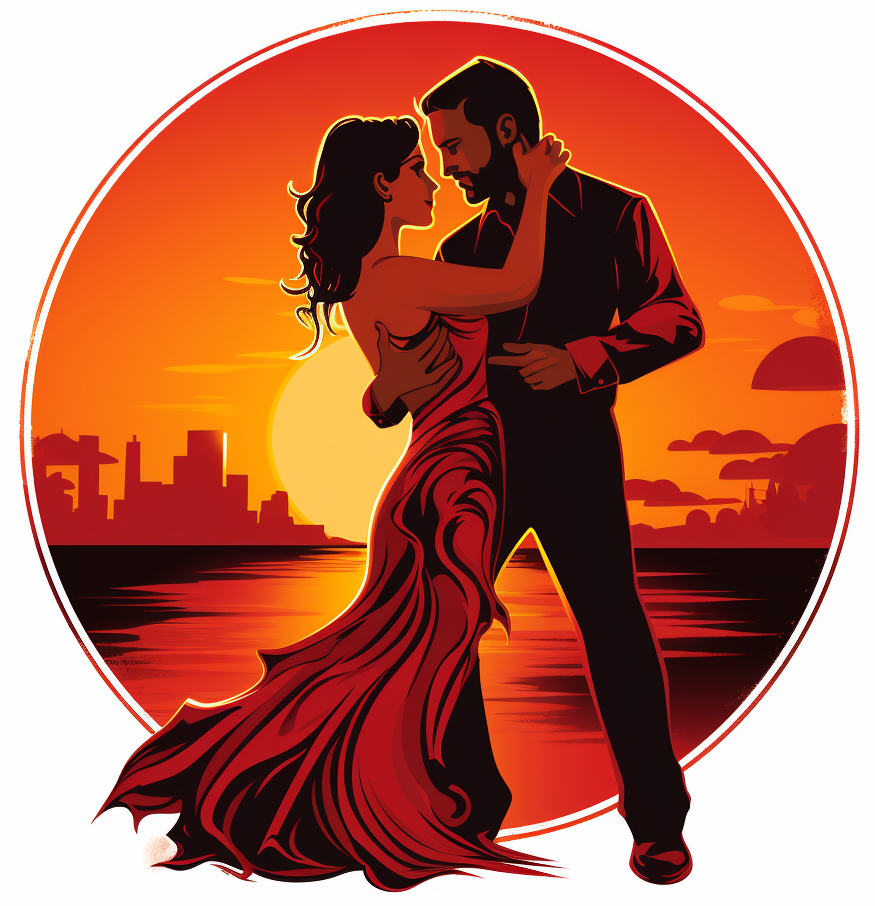Dance is an integral part of Bulgarian culture, serving as a vivid expression of the nation’s history, traditions, and community spirit. In Bulgaria, dance is not merely a form of entertainment but a cultural hallmark that conveys stories, rituals, and even social norms. From the fast-paced “Horo” danced in a circle to the intricate steps of the “Rachenitsa,” Bulgarian dances are as diverse as the regions they originate from. These dances often feature complex rhythms and require considerable skill, serving as a testament to Bulgaria’s rich musical heritage. Beyond their entertainment value, these dances offer a window into the Bulgarian way of life, from ancient times to the modern era. They are performed at various social events and festivals, and are often taught from an early age, thereby ensuring that this cherished cultural asset is passed down through generations. This article will delve into the importance of dance in Bulgarian culture, explore some of the most iconic Bulgarian dances, and discuss how they have evolved over time while retaining their core essence.
Bulgarians dominate rhythmic gymnastics
Bulgaria has made a significant impact on the international stage when it comes to sport dancing and rhythmic gymnastics, often considered an extension of the country’s rich dance culture. The nation’s athletes are particularly strong in rhythmic gymnastics, a discipline that fuses elements of ballet, dance, and gymnastics. Prominent Bulgarian rhythmic gymnasts like Maria Petrova, a three-time World All-Around Champion, and Simona Peycheva, a World and European medalist, have brought home numerous medals, elevating Bulgaria’s status in the sport. Their achievements at international competitions, including the Olympics, showcase the high level of skill and dedication found in Bulgarian athletes and reflect the country’s long-standing affinity for dance and rhythmic movements.
Native Bulgarian Dances: The Horo Dance
The Bulgarian Horo dance is a traditional folk dance that holds a special place in the country’s cultural heritage. Often performed at social gatherings, festivals, and weddings, the Horo is usually danced in a circle, with participants holding hands or linking arms. The dance involves a range of intricate footwork and can vary in tempo and complexity depending on the region it originates from. While there are many variations of the Horo, each shares the common aim of fostering community spirit and unity. The dance serves not just as entertainment but as a meaningful expression of Bulgarian history and communal values.
Besides the Horo, there are plenty of Bulgarian dances compiled on this Wikipedia page.
Salsa and Bachata dancing in Bulgaria
In Bulgaria, salsa and bachata have been growing in popularity, particularly in urban centers like Sofia and Plovdiv. Although these Latin dance forms are not native to the country, they have found a warm reception among Bulgarians who appreciate dance and music as key cultural elements. Various dance studios and schools offer salsa and bachata classes, catering to a range of skill levels from beginners to advanced dancers. The country also hosts dance events and socials where enthusiasts can show off their moves and connect with like-minded individuals. The presence of salsa and bachata in Bulgaria underscores the country’s openness to global dance styles, enriching its already diverse dance culture.
Find out more on these links:
- salsa dancing in Sofia
- Salsa and Kizomba in Bansko
- National Salsa Congress in Sofia
- World Stars Romantic Festival
Quotes about dancing in Bulgaria
Elena Dobreva (dance teacher and enthusiast):
“For me dancing starts with listening to latin music – you can’t stand still and you forget about everything else, it’s so joyful.
Rueda in cuban salsa is my favorite as we all dance together in a circle, facing each other, changing partners, performing the same moves at the same time and this creates amazing energy.”
Join Elena’s class in Bansko. Every Monday and Wednesday evening 18:30 – 19:30 in the community center.

